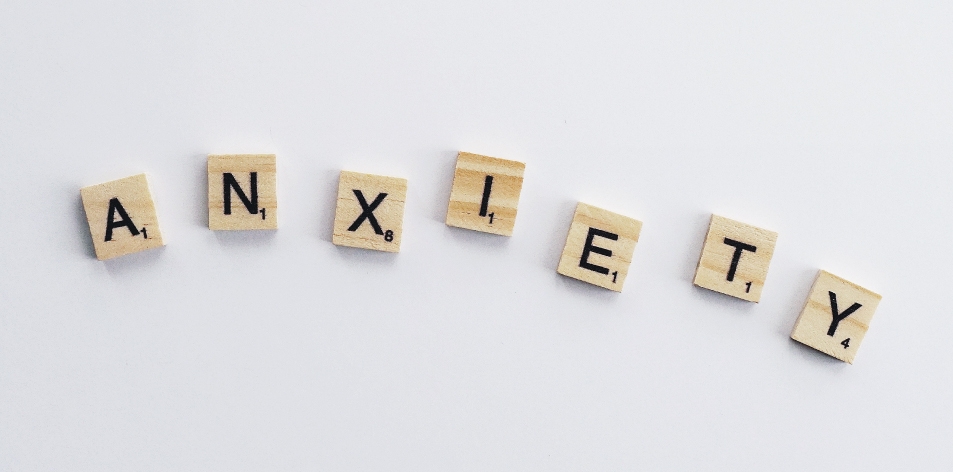
Anxiety Simplified – By Shahela Sheikh
What Is Anxiety? – Written By Shahela Sheikh
In today’s modern-day and age, we often breathe out the word ‘anxiety’. What is anxiety really? Psychologists believe that it is fear, dread or worry that presents itself in excessive paralyzing forms. There could be two types of fear; those are the actual perceived real situation fears actual real or a hypothetical situation fear.
Common Types of Anxiety:
Generalised Anxiety Disorder
Panic Disorder
Social Anxiety Disorder
Obsessive-Compulsive Disorder
Phobias
Symptoms of Generalised Anxiety Disorder GAD:
GAD is the presence of excessive anxiety and worries about a variety of topics, events, or activities. Small situations often make you worried and can an anxiety disorder can develop over a span of only 2 weeks. This is the most common type of anxiety.
Symptoms include more fatigued than usual, impaired concentration or feeling as though the mind goes blank, irritability, increased muscle aches or soreness, difficulty sleeping or getting up.
At least three or more symptoms should be present to be diagnosed with GAD.
Symptoms of Panic Disorder:
Many really believe that they panic when worried, and if so these are some of the symptoms that one should be looking out for; palpitations, accelerated heart rate, sweating, trembling, hot flashes, shortness of breath, nausea, dizziness, fear of dying or losing control.
Social Anxiety Disorder:
This is described as excessive fear, discomfort and self-consciousness in a social situation. This happens in a social
situation where one perceives a threat of humiliation and/or embarrassment. This further causes despair
and impairs functioning. People with this disorder tend to avoid the situation at all costs.
OCD- Obsessive-Compulsive Disorder:
This is marked by the presence of obsessions or compulsions, also sometimes both could exist together. Obsessions are recurrent and persistent thoughts, urges, or images that are experienced, at some time during the disturbance, as intrusive and unwanted, and that in most individuals cause marked anxiousness or distress. Compulsions are defined as repetitive behaviours (e.g., continuous hand washing, keeping clean, checking) or mental acts (e.g., counting, repeating words silently) where the individual feels driven to perform in response to an obsession or according to rules that must be applied rigidly.
The behaviours can sometimes be morbid and can lead to self-harming acts as well. OCD can increase anxiety and worry as one may dread being triggered to a specific situation, thing, or to perform certain compulsive acts repetitively.
Phobias:
Phobia is an intense fear of a situation, object or something particular. Among many phobias these are some that exist:
Natural, includes a fear of thunder and lightning (astraphobia) or water (aquaphobia)
Animal, includes fear of dogs (cynophobia), snakes (ophidiophobia), and insects (entomophobia)
Situational, includes fear of washing (ablutophobia) and enclosed spaces (claustrophobia)
Blood- includes fear of injection, injury
Others- for e.g. fear of clowns.
ANXIETY CAUSED BY THE COVID-19 (CORONAVIRUS)
The above mentioned are some of the commonly known types of anxiety, however, of the recent months, we seem to have developed new type over the global pandemic of the COVID-19 that has taken the lives of 1000s of people globally.
This has increased worry among many, making everyone take heavy precautions, such as social isolation, repetitive hand washing and sanitizing. Many even fear going out and catching the virus.
Do you have a type of anxiety that you can identify with? Do you face any of the symptoms mentioned above? Remember, all types of anxiety are manageable.
Don’t forget to look out for next week’s article on ‘how to manage anxiety’!
AH&S Magazine Top Magazine in Kenya
Shahela Sheikh – Psychologist


